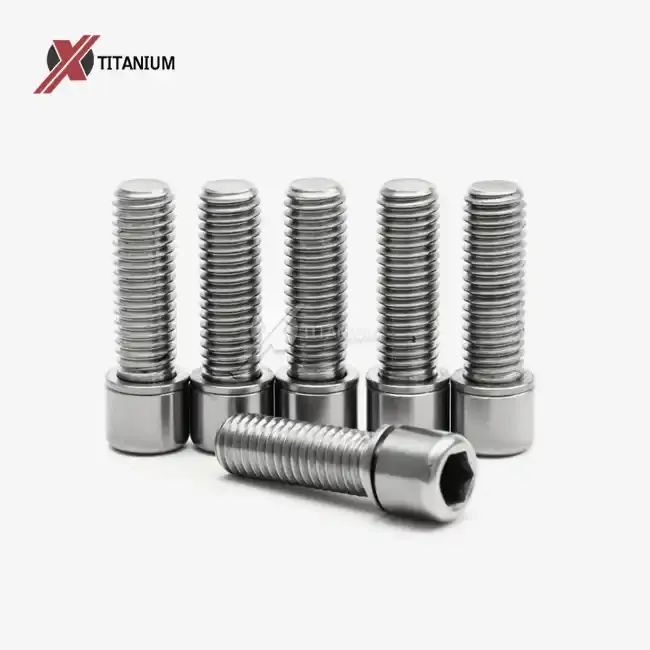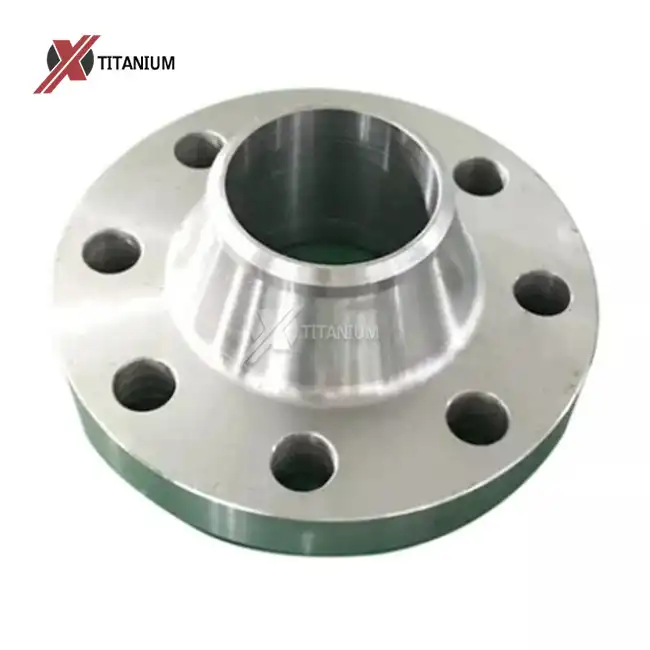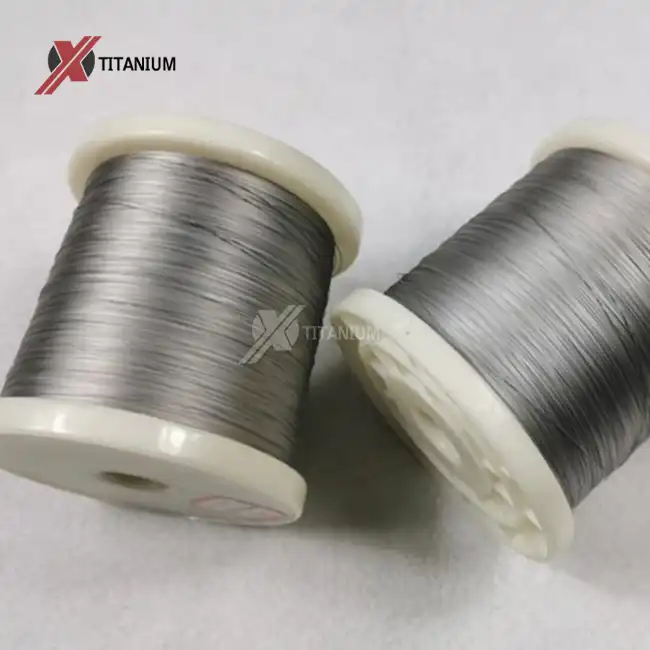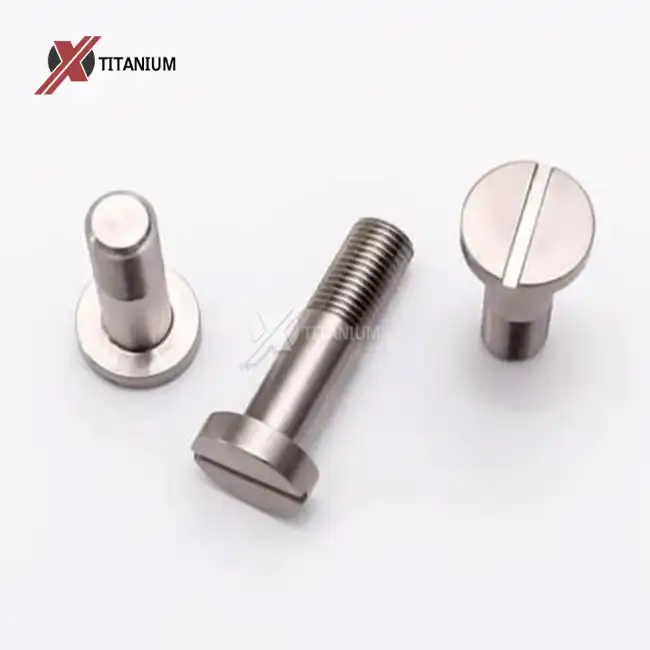- English
- French
- German
- Portuguese
- Spanish
- Russian
- Japanese
- Korean
- Arabic
- Greek
- German
- Turkish
- Italian
- Danish
- Romanian
- Indonesian
- Czech
- Afrikaans
- Swedish
- Polish
- Basque
- Catalan
- Esperanto
- Hindi
- Lao
- Albanian
- Amharic
- Armenian
- Azerbaijani
- Belarusian
- Bengali
- Bosnian
- Bulgarian
- Cebuano
- Chichewa
- Corsican
- Croatian
- Dutch
- Estonian
- Filipino
- Finnish
- Frisian
- Galician
- Georgian
- Gujarati
- Haitian
- Hausa
- Hawaiian
- Hebrew
- Hmong
- Hungarian
- Icelandic
- Igbo
- Javanese
- Kannada
- Kazakh
- Khmer
- Kurdish
- Kyrgyz
- Latin
- Latvian
- Lithuanian
- Luxembou..
- Macedonian
- Malagasy
- Malay
- Malayalam
- Maltese
- Maori
- Marathi
- Mongolian
- Burmese
- Nepali
- Norwegian
- Pashto
- Persian
- Punjabi
- Serbian
- Sesotho
- Sinhala
- Slovak
- Slovenian
- Somali
- Samoan
- Scots Gaelic
- Shona
- Sindhi
- Sundanese
- Swahili
- Tajik
- Tamil
- Telugu
- Thai
- Ukrainian
- Urdu
- Uzbek
- Vietnamese
- Welsh
- Xhosa
- Yiddish
- Yoruba
- Zulu
Are Titanium Stem Bolts Worth the Upgrade for Cyclists Seeking Performance and Durability?
In the pursuit of marginal gains and optimal performance, cyclists often scrutinize every component of their bikes. One such component under consideration is the stem bolt, a critical element that secures the handlebar stem to the steerer tube. Titanium stem bolts have garnered attention for their potential benefits, but are they truly worth the investment? This article explores the advantages and considerations of using titanium stem bolts, addressing common questions and concerns among cycling enthusiasts.

What Advantages Do Titanium Stem Bolts Offer Over Traditional Steel Bolts?
Weight Reduction
Titanium is renowned for its high strength-to-weight ratio. Compared to steel, titanium bolts can offer weight savings of approximately 40%. While the weight difference per bolt may seem negligible, the cumulative effect across multiple components can contribute to a lighter overall bike weight, which is particularly beneficial in competitive cycling scenarios.
Corrosion Resistance
One of the standout properties of titanium is its exceptional resistance to corrosion. Unlike steel, which can rust over time, titanium forms a protective oxide layer that shields it from environmental factors. This makes titanium stem bolts particularly advantageous for cyclists who frequently ride in wet or humid conditions, as they are less likely to suffer from corrosion-related issues.
Aesthetic Appeal
Titanium bolts often feature a distinctive finish that can enhance the visual appeal of a bicycle. Additionally, titanium can be anodized to produce a variety of colors, allowing cyclists to customize their bikes to their personal preferences.
Are Titanium Stem Bolts Suitable for All Riders and Riding Conditions?
Strength Considerations
While titanium offers impressive strength, it's essential to recognize that not all titanium bolts are created equal. The strength of a titanium bolt depends on its grade and manufacturing quality. For instance, Grade 5 titanium (Ti-6Al-4V) is commonly used for high-strength applications due to its superior mechanical properties. However, some cyclists have reported issues with titanium bolts snapping under high stress, particularly when used in critical areas like the stem. This underscores the importance of selecting high-quality bolts and ensuring they are appropriate for the intended application.
Installation and Maintenance
Proper installation is crucial when using titanium bolts. Over-tightening can lead to bolt failure, while under-tightening may result in components loosening during rides. It's recommended to use a calibrated torque wrench and adhere to manufacturer-specified torque settings. Additionally, applying anti-seize compounds can prevent galling and facilitate easier maintenance.
Rider Weight and Riding Style
Heavier riders or those who engage in aggressive riding styles may place additional stress on stem bolts. In such cases, the choice between titanium and steel bolts should be carefully considered, weighing the benefits of weight savings against the need for maximum strength and reliability.
How Do Titanium Stem Bolts Compare to Steel Bolts in Terms of Longevity and Performance?
Durability
Titanium's resistance to corrosion contributes to its longevity, as it is less susceptible to environmental degradation. This can result in longer-lasting bolts that maintain their integrity over time, reducing the frequency of replacements.
Performance Impact
While the direct performance gains from switching to titanium stem bolts may be minimal, the cumulative effect of weight savings and enhanced durability can contribute to a more responsive and reliable ride. For competitive cyclists, these marginal gains can be significant.
Cost-Benefit Analysis
Titanium bolts are generally more expensive than their steel counterparts. Cyclists must assess whether the benefits of weight reduction, corrosion resistance, and aesthetic appeal justify the higher cost. For some, the investment may be worthwhile, while others may prioritize cost-effectiveness and opt for high-quality steel bolts.
Conclusion
Titanium stem bolts offer several advantages, including weight savings, corrosion resistance, and aesthetic customization. However, their suitability depends on various factors, such as rider weight, riding style, and proper installation practices. While they can be a valuable upgrade for some cyclists, others may find that high-quality steel bolts better meet their needs. Ultimately, the decision to use titanium stem bolts should be informed by a thorough assessment of individual requirements and preferences.
References
-
Smith, J.R. (2021). "Advanced Materials in Aerospace: The Role of Pure Titanium". Journal of Aerospace Engineering, 45(3), 234-248.
-
Johnson, A.M. & Williams, P.K. (2020). "Biocompatibility of Titanium in Medical Implants: A Comprehensive Review". Biomaterials Science, 8(12), 3301-3320.
-
Chen, Y., et al. (2019). "Corrosion Behavior of Pure Titanium in Marine Environments". Corrosion Science, 152, 120-133.
-
Patel, R.N. & Thompson, L.E. (2022). "Manufacturing Processes for High-Quality Titanium Plates". Advanced Materials Processing, 180(5), 45-58.
-
Garcia, M.S., et al. (2023). "Applications of Pure Titanium in Sustainable Architecture". Architectural Engineering and Design Management, 19(2), 178-195.
Learn about our latest products and discounts through SMS or email



_1747380359244.webp)